I was recently reading about gluing theory and wood adhesives and I was struck by the statement that adhesives are the most widely used materials for making furniture and wood derivatives. What is more, adhesives have made an essential contribution to the development of the industry and the efficient use of wood. Just thinking about the advent of plywood, chipboard and MDF, laminated beams and CLT, laminated wood or solid wood panels is enough to see how correct the statement is. However, we are often tempted to downplay the importance of adhesives, to consider them just auxiliary products. But without a quality adhesive, correctly chosen and used as recommended, we can end up with a scrap product, even if the wood and other materials used are of very good quality.
There are different types of adhesives, but the one identified by many with the woodworking industry is the aracite, i.e. PVA (polyvinyl acetate). Years ago, its field of use was restricted because it was considered to be not resistant in humid conditions, it is rigid and the glue line is very visible. In addition, the risk of damage at low temperatures made many reluctant to use it. But technologies have evolved and the product has been continuously improved. We now find PVA adhesives that make joints elastic, with good resistance to damp or outdoor conditions and even resistant to very low temperatures. One such adhesive is Tiszabond D3D, distributed by the company Szolvegy from Târgu Mureș.
Features of Tiszabond D3D adhesive
D3D is a D3 adhesive with enhanced characteristics. As a reminder, D3 adhesive is recommended for use in interior construction exposed to damp or damp, but short-term or exterior construction in mild climates. The moisture resistance classification divides adhesives into 4 classes - D1, D2, D3 and D4. Find here restrictions on use in this respect.
The improvements consist in increased adhesion to the substrate, use on surfaces with high humidity, low film-forming temperature, very good elasticity and above all, retention of the bonding characteristics even after 2-3 freeze-thaw cycles. The adhesive contains additives that increase the flexibility and adhesion to wet surfaces. Tiszabond D3D quickly and durably bonds wood, laminate flooring, laminate boards, cork, paper, cardboard, felt and similar materials.
But why is it so important that the adhesive is elastic? If the wood or derived panels are rigid, why do we need an elastic adhesive? To protect the cutting tools. For example, when making a solid wood panel, the timber elements are glued side by side. To make sure that the glue is applied over the entire contact surface, the glue is always applied in excess. By pressing the excess out and it hardens as well as the glue. After the process is complete, the hardened residue must be removed to get a nice surface. The elastic adhesive will deposit less resistance compared to a hard and rigid one, so the tools will be less aggressed and will have a longer life.
Tiszabond D3D meets the requirements of European standard EN71, is non-toxic and non-flammable. Even though the bonding takes place much faster, the maximum degree of impermeability of the adhesive film is reached 7 days after bonding. As with any polymerization reaction, the curing reaction of the adhesive film also takes time to complete. It is considered that one week is needed for the reaction to be completed and thus the bonding to reach the strength in the technical data sheet. If even better moisture resistance is desired, so that the bonded product can be used outdoors (D4), 3,5-5% of special additive D3D4 can be added to the adhesive.
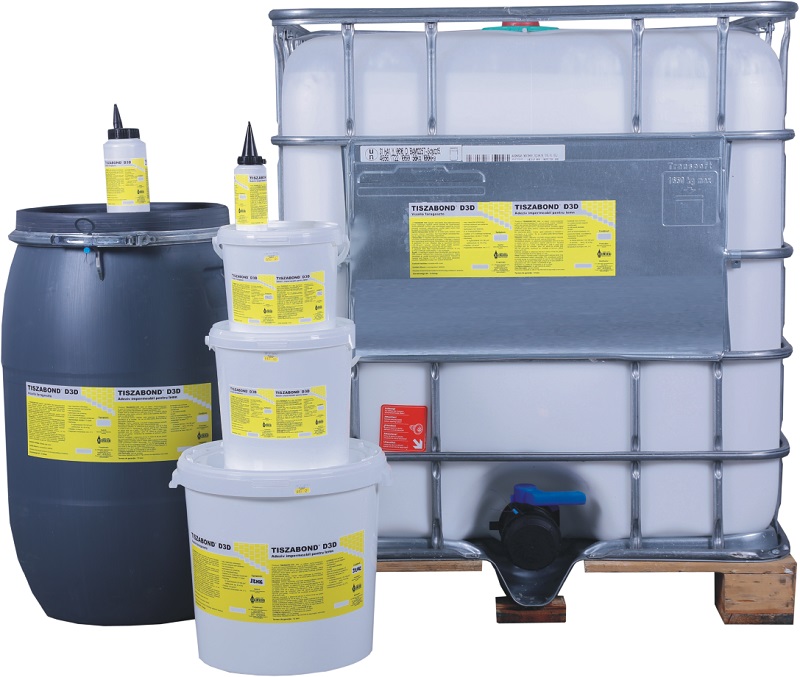
A product well received by factories
The adhesive is recommended for joining furniture elements, gluing laminate flooring, fixing doors and windows, making solid wood panels and wooden stairs. Although the idea of developing such a product came from a user in Miercurea Ciuc, an area with very cold temperatures in winter, the adhesive was well received by the factories, which also appreciated its other qualities.
For example, with Tiszabond D3D adhesive, Dippanels produces solid wood panels, steps and indoor wooden stairs. The elasticity of the glue helps to keep the cutting tools in good condition for a long time and allows quality wooden stairs. Transparent glue lines contribute to the aesthetics of the products.
The consistent quality of the adhesive must also be mentioned. Szolvegy is constantly concerned about this by regularly and randomly analyzing the quality of the adhesives it produces. The analyses are carried out by a neutral body - the Hungarian Wood Institute - and samples are taken at random from the factory, customer warehouses or shops.
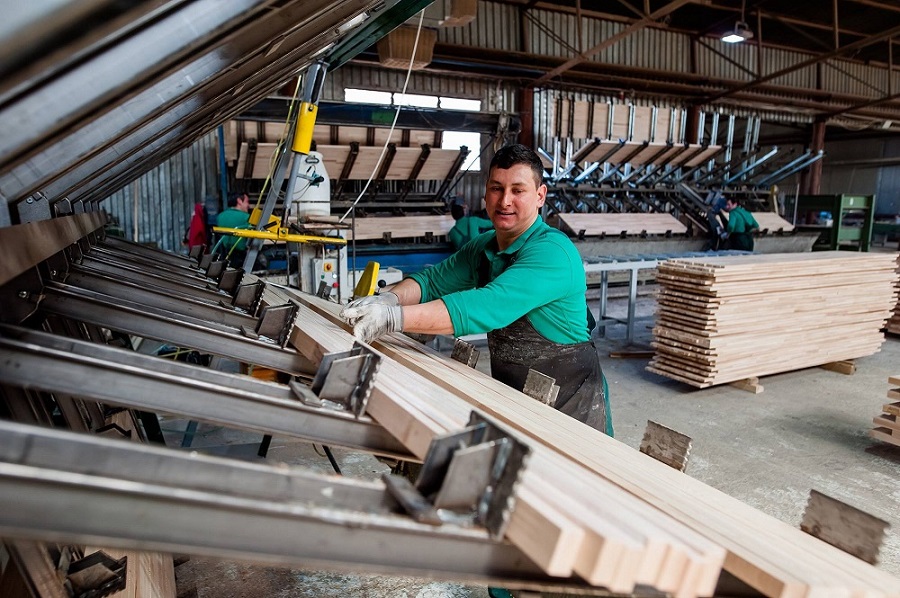
Its frost resistance also makes it suitable for the construction industry
Wood adhesives are also used in construction. The low temperature resistance makes Tiszabond D3D one of the preferred adhesives for this field. Better wettability, improved wet adhesion, improved wet adhesion, low film forming temperature result in secure bonding even in winter.
In construction it is used for:
- bonding interior wooden structures in conditions of high humidity, but of short duration or which may be exposed to water for a short time
- bonding structures where at least one of the elements is wood or a derived material (wooden steps on concrete stairs, fixing doors and windows into the wall structure)
- bonding protected, weatherproof external structures.
As I was saying, the aracite adhesives are no longer those adhesives used only for interior works, which are not subject to any aggression or for DIY activities. Modern technologies have made it possible to produce adhesives with much improved strengths that can be used in large-capacity factories. A very important characteristic, in addition to the technical characteristics presented, is the absence of toxicity and organic solvents. It is a non-emitting product free formaldehyde, and products glued with it do not have the characteristic smell.























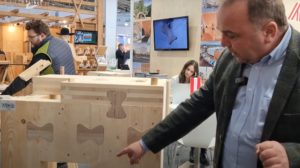


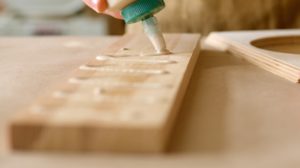



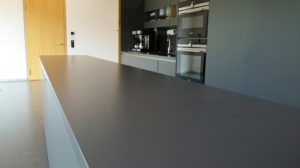



It's weak adhesive. Maybe for interior plywood and it works, but for glulam, it sure doesn't.